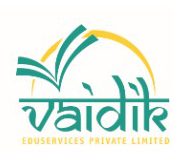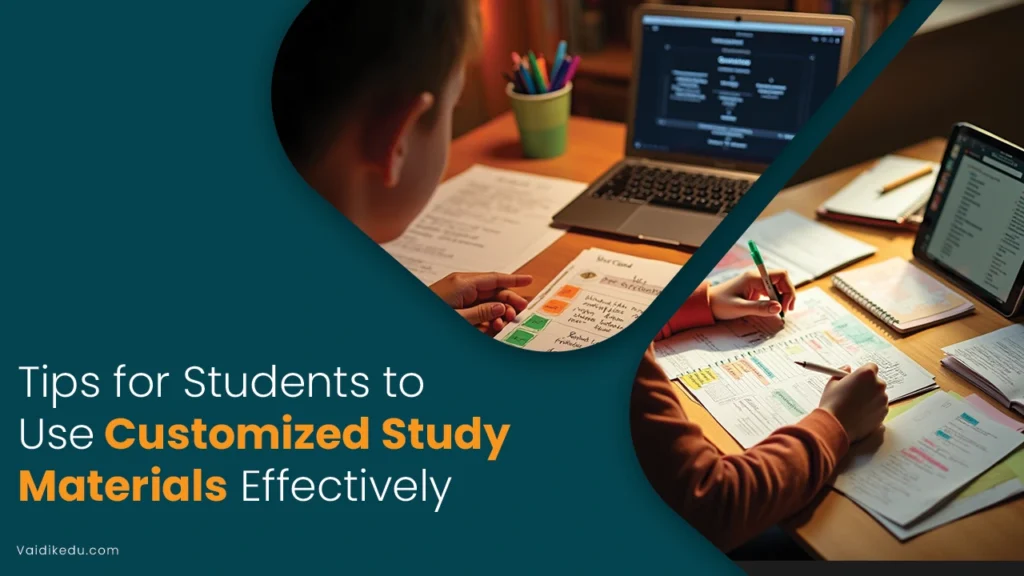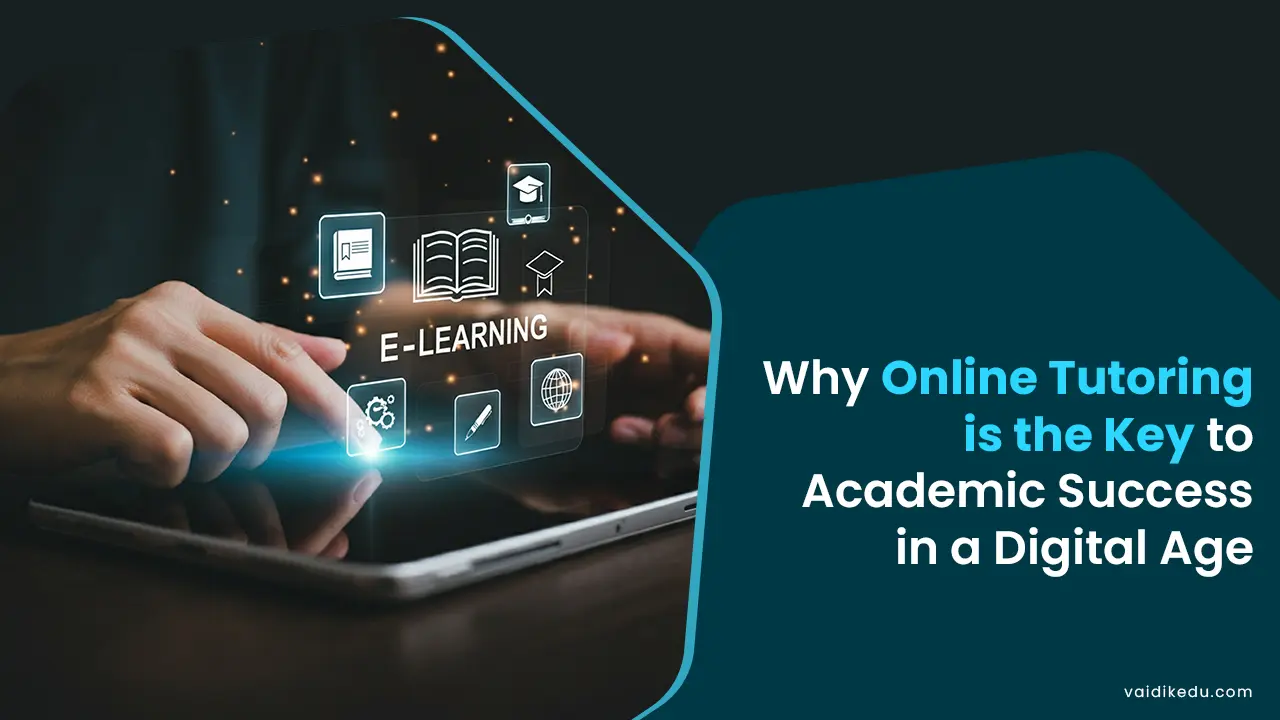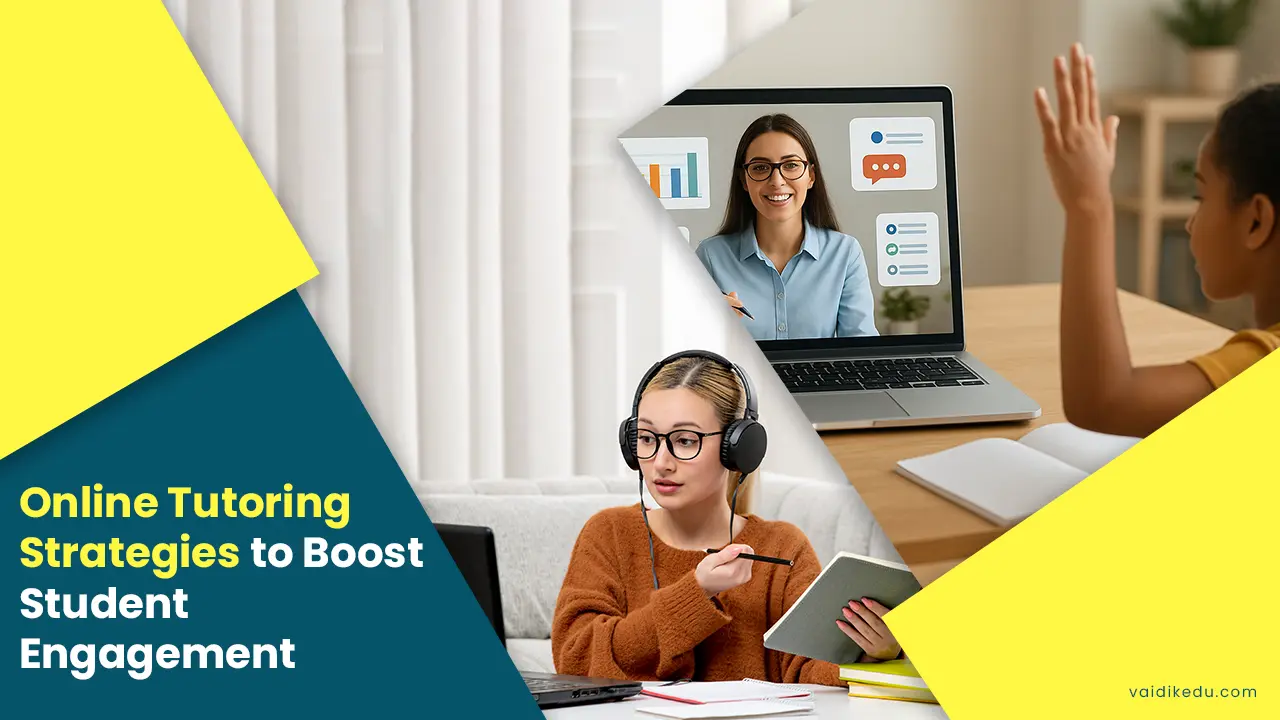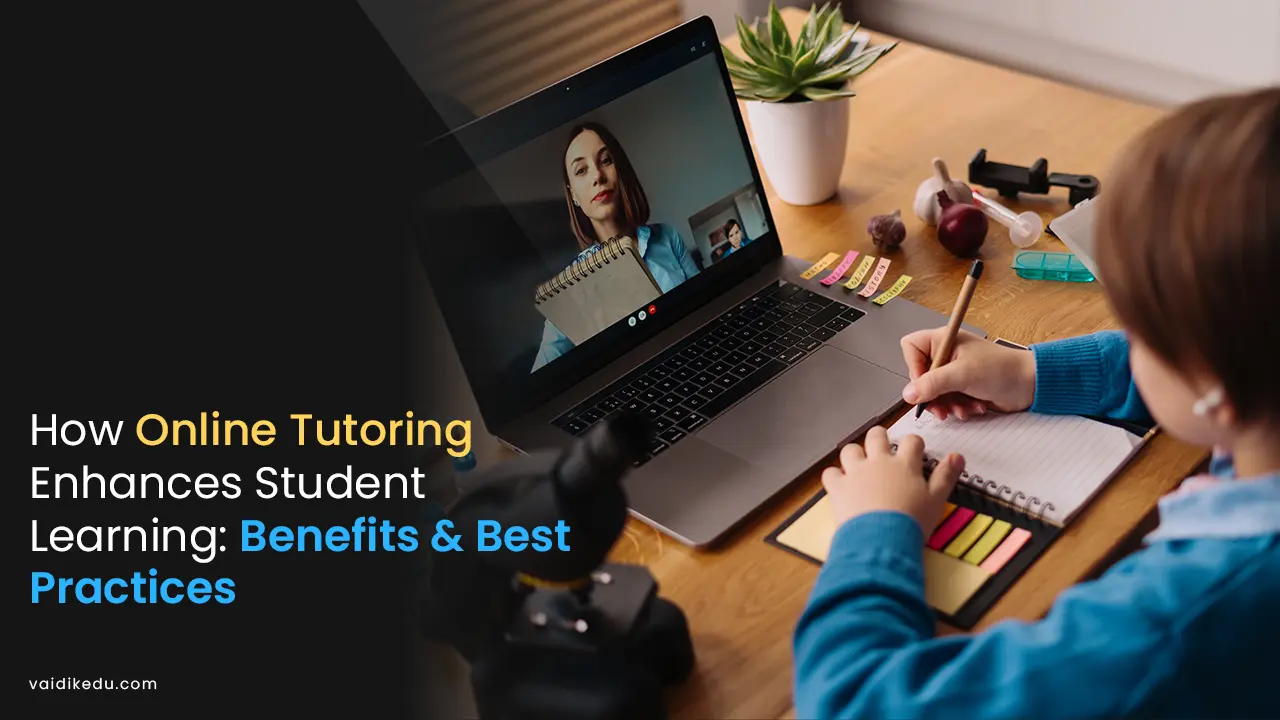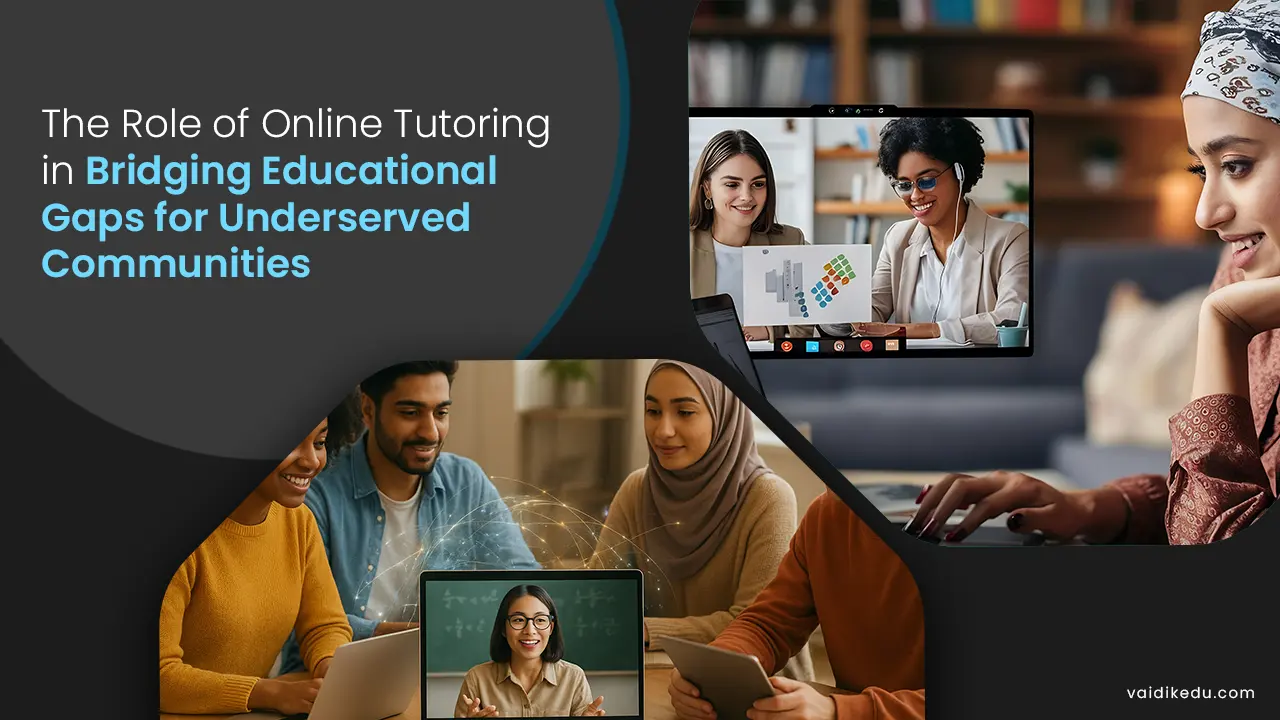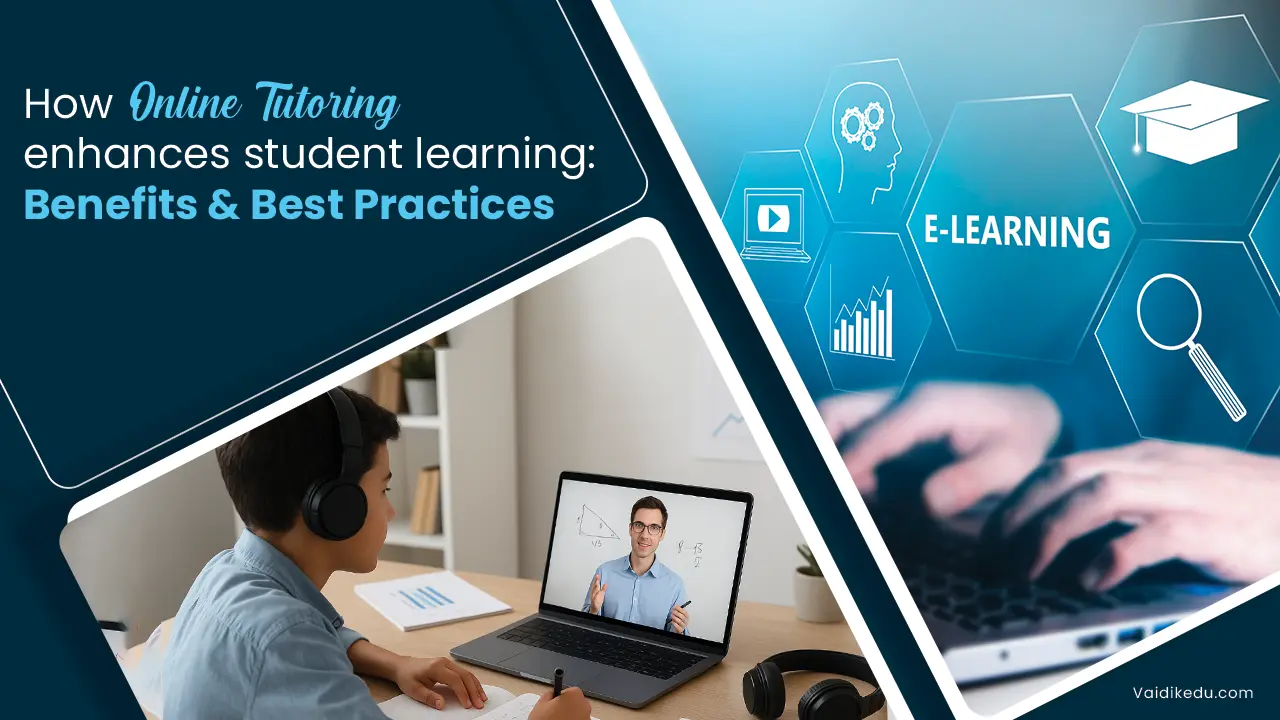While dealing with a long list of subjects and topics to cover during exams, having the means or access to the perfect and correct study materials can be a blessing in disguise.
Customized and specialized materials to study, meeting the needs and learning requirements of the student, can make all the difference in mastering complex topics and subjects and acing the exam.
Those mosaic resources are sharply oriented toward the students’ strengths and weaknesses, making the learning process more meaningful and efficient.
Equally important is the appropriate use of those resources, which allows for custom-made study material to enhance comprehension, retention, and performance.
This primer will give students handy hints on organising, manipulating, and using those materials to achieve the most significant learning effect. This blog aims to give students practical tips on organising, adapting, and using these resources to maximize their learning potential.
Understanding Customized Study Materials
Customized material goes beyond the standard nature of textbooks and standardized study notes. It aims to embrace approaches and formats that will devote the learner’s attention to their learning patterns, pace, and targeted topics.
Some Key Features of Customized Study Materials are:
1. Personalization: they can target the specific areas of concern where students seek development. This could include topic summaries, diagrams, or practice questions based on complex concepts.
2. Relevance: These resources highlight students’ needs, avoiding overwhelming content with unnecessary information. That’s why a focused summary of the contents will have a more significant impact on exams.
3. Flexibility: they can be modified as the students go through study sessions. With your note-taking skills, whether your notes are outlines, visual representations, or real-life examples, always grow alongside your learning.
4. Increased Engagement: more interactive because of flashcards, infographics, and other forms of interactive digital mediums.
Difference Between Customized And Generic Resources:
- Generic materials are created for many students, including information irrelevant to an individual’s case.
- Customised ones create an environment of clarity and precision, saving time and effort in narrowing down material to study.
Organizing Study Materials:
Organising study materials is a significant step towards effective learning. A well-structured system guarantees that students get access to their resources with ease, focus on their priorities, and study efficiently. Here are some recommendations to organize study materials effectively:
Prioritize Topics Categorization:
- Keep the material organized and easy to find.
- Highlight topics according to the weightage in the syllabus, exam difficulty level, or importance.
- Label folders or sections for easy identification.
Draw up A Study Schedule:
- Allocate a specific period to each subject or topic.
- Plan a portion of the material to be studied each day.
- Take care to balance study and rest time so that knowledge is retained.
Select A Suitable Format:
- Decide which work will be printed, computer-based or a mixture of both.
- Apps, cloud storage, or note-taking software.
- For notes that are printed, organize them in binders or notebooks using dividers.
- Listen to digital tools for quick revision and study physically in detail with notes.
Use Colors And Visual Aids:
- Select a colour for each subject or topic to make it easier.
- Use sticky notes to highlight important parts with colour.
Chronologically Organize Materials:
- Organize notes and homework according to the order in which they were to be studied or prioritised.
- Keep old materials forward in need of revision, but work on them only within enough time and effort for current matters.
Declutter Regularly:
- Examine material regularly to keep them updated; discarded information should be obsolete or irrelevant.
- Update your notes while studying with new information or better summaries.
Storage Solutions:
- Folders, binders, or digital means to cluster outside learning materials should be available.
- It is wise to back up digitally to avoid losing essential notes.
Have Resources Ready To Use:
- Last-minute preparation becomes easier with practice tests, flashcards, and quick reference guides always at hand.
Tips For Active Learning:
Active learning is when the learner stays involved with the learning material to obtain a more thorough understanding and better retention. Some strategies are as follows:
1. Highlighting And Annotation: Mark key points and write a summary or question in the margin.
2. Mind Map And Summary: Using diagrams to frame conceptual ideas and conceptual ideas and condense pockets of dense lecture material into appropriate notes.
3. Self-Questioning: Ask yourself “why” and “how” questions to deepen understanding.
4. Practice Exams: Create your tests and discover what weak areas you might need to concentrate on.
5. Group Discussions: Idea-sharing and teaching a peer reinforces your knowledge.
6. Flashcards: For a quick review, especially with spaced repetition.
7. Real-World Connections: Compare concepts and real-world situations to fan the flames of learning.
8. Multi-Sensory Learning Approaches: Varied learning approaches include visual, auditory, and hands-on techniques.
9. Review: In every session, take a moment to summarize your most essential understandings and remaining questions.
Maximizing Efficiency:
Studying with the proper techniques optimizes time and effort. Here are ways to become effective:
1. Set Goals: break tasks into small and manageable portions. Set the arrangements according to timelines and significance.
2. Plan Study Sessions: devise a study timetable outlining the respective time blocks for each subject or topic. Pursue studying the more challenging subjects first while the mind is still alert.
3. Use the Pomodoro Technique: Study in 25-minute intervals, balanced with five-minute brief breaks. This technique maintains concentration and avoids burnout.
4. Reduce Distractions: study in a quiet, tidy environment. Disconnect notifications and block distracting sites or apps.
5. Review Daily: Space revisions apart from each other through techniques such as spaced repetition to build retention. Do not stuff; make sure you study smaller units on time.
6. Use Technology: Take notes, flashcards, and task management applications. Digital tools such as grammar-checking or math-solving applications speed up the learning process.
7. Be sure To Organize Items: Organize your notes, assignments, and resources so you do not waste time searching for items she’ll need for study sessions.
8. Practice Active Studying: Dwell on the contents of study materials by summarizing, questioning, writing essays, or explaining them to others. Active engagement improves understanding and retention.
9. Take Care of Yourself: Sleep well, eat healthily, and stay hydrated. Regular exercise will keep your mind and energy focused.
10. Track Your Progress: Review assignments that you’ve completed to help you stay motivated. Adjust your strategy according to what works for you.
Combine thoughtful planning, persistent effort, and self-care to maximize the productivity of your study time and achieve great results.
Adapting Study Materials:
Adapting study materials to fit one’s learning style and needs will go a long way toward improving understanding and retention. The following are some ways to customize the resources:
Identify A Learning Style:
- Use some kind of diagram, chart, or colour-coded display of notes.
- Audio lectures or tapes, podcasts, or explain aloud in your own words.
- Add some physical activity like making models or conducting experiments.
Break Down Difficult Concepts:
- Divide complicated topics into more straightforward, smaller segments.
- Break them down into analogies, flowcharts, or summaries to present them.
Use Real-life Examples:
- Connect abstract concepts to particular real-life contexts or personal experiences.
- This makes the subject somehow give back to life and feel more accessible to students.
Use Multi-Format Resources:
- Incorporate diverse approaches with textbooks, videos, infographics, and interactive tools.
- Use the mode of representation that fits best with the subject under study- for example, using videos to represent procedures and texts to define concepts.
Design The Notes For Fast References:
- Emphasize key points, vivid annotations, and bullet-point outlines for simplicity.
- Summarize long materials into quick-reference sheets or flashcards.
Update Material Regularly:
- Add new knowledge or insight to your topics as you continue your studies.
- Refine your notes according to what you know now and their relevance.
Adapt Material For Exam Preparation:
- Prominent on the subject that the syllabus specifies along with those of higher weightage.
- Respectively prepare these in the form of mock tests or revision summaries.
Get Feedback And Revise:
- Pass your materials around to your peers or mentors within the network for their recommendation.
- Improve upon it reliably with the feedback you get and based on your development as a learner.
Adapt To Starvation Resource Time:
- With limited time, look for what topics you significantly want to cover.
- Use summarized hand-outs or key point outlines for rapid reviewing.
By customizing study materials according to personal preferences, students can change how they approach their learning for the better.
Frequently Asked Questions
Customized materials target the learner’s individual learning needs. They help students study more efficiently, guided by their strengths, weaknesses, and academic goals.
Identify your syllabus and pinpoint the key topics, then gather relevant materials. These should be organized and formatted to encode in the format you most favour, such as notes, flashcards, or visual aids.
Do not over-customize to create clutter. Use the materials passively, and remember to assess and revise them frequently.
Create a methodical study timetable, prioritise topics you think you might be weak on, review materials at set intervals, and employ active learning techniques such as self-testing and annotating.


